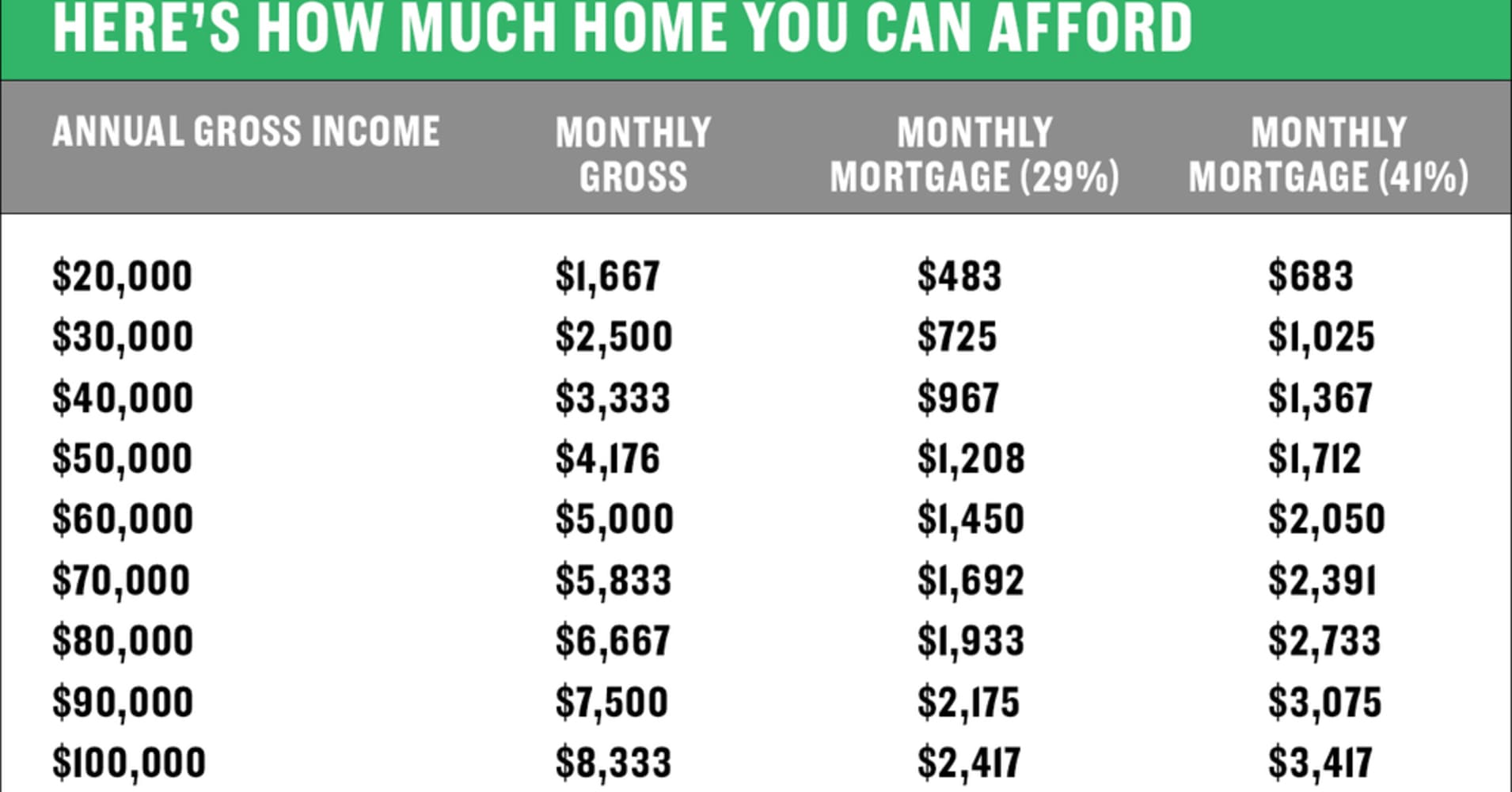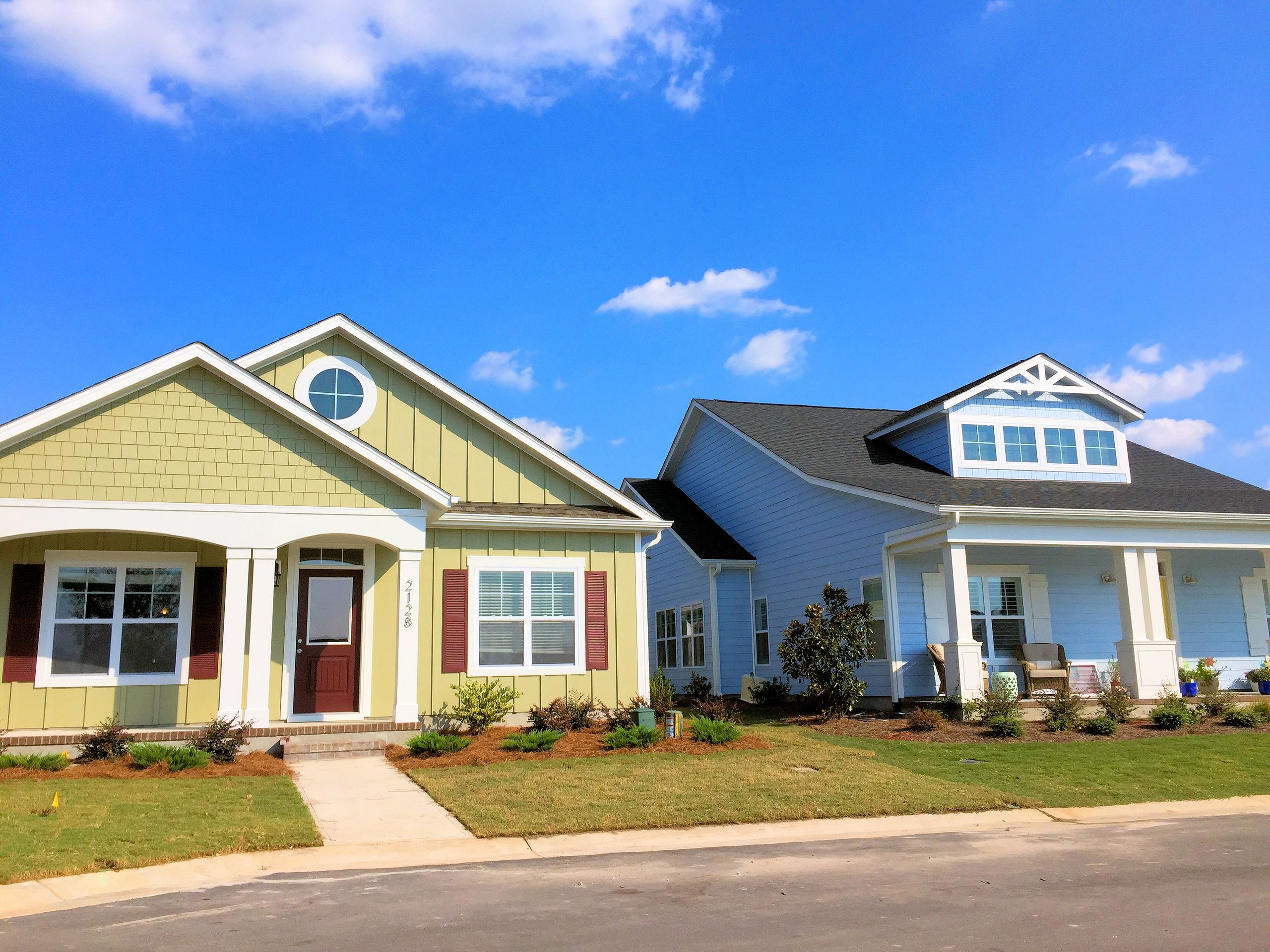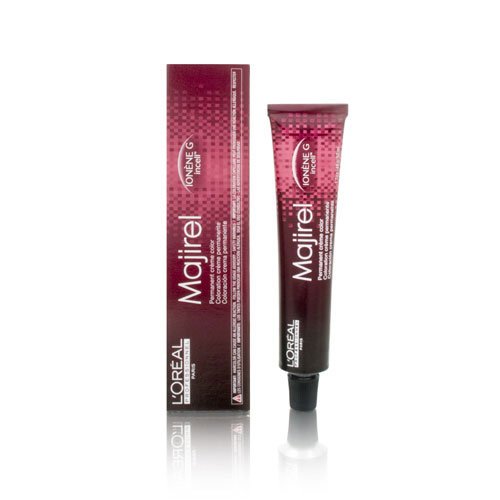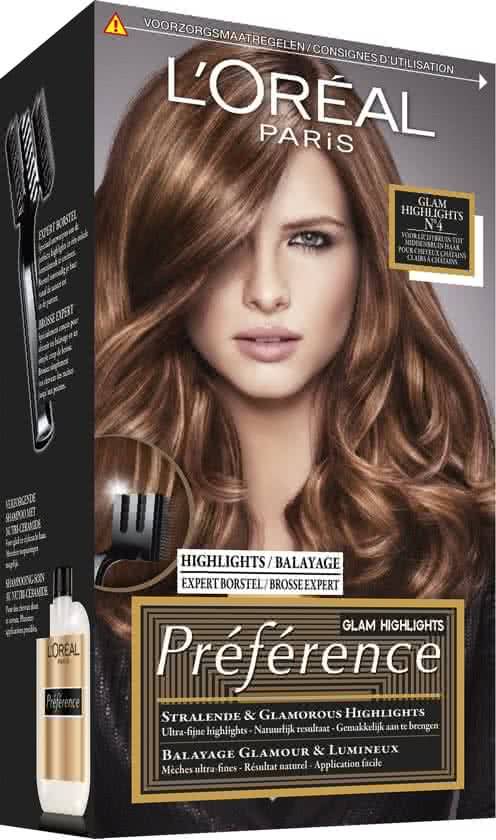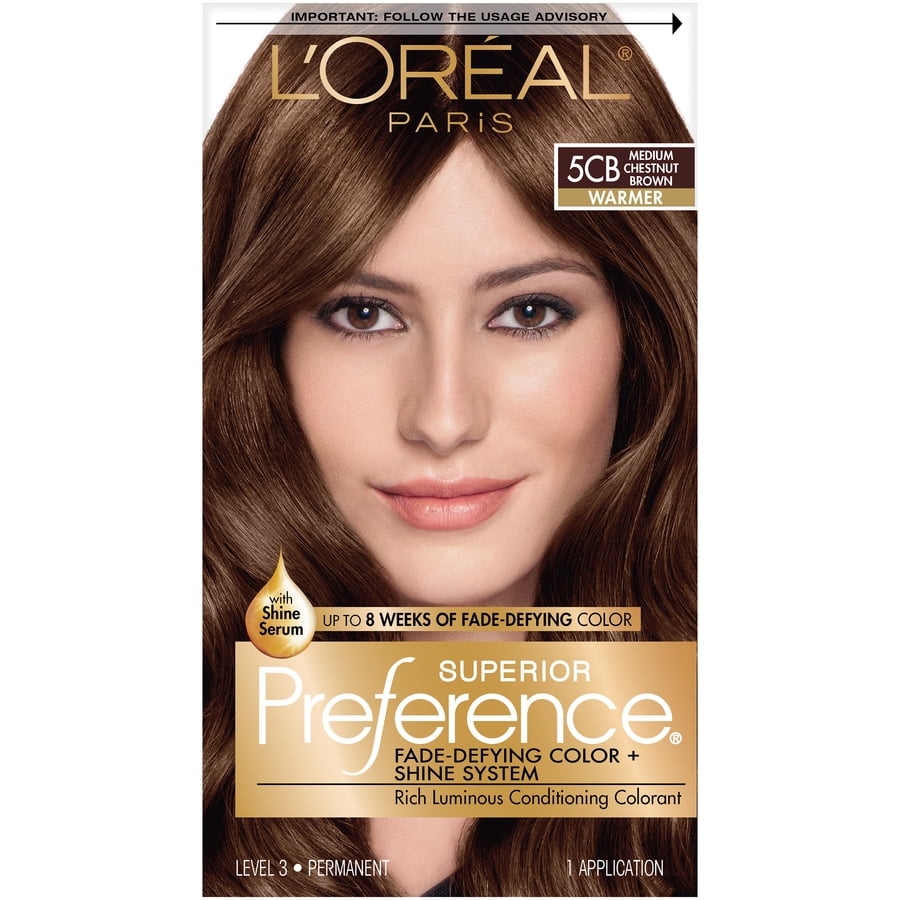Table of Content
This also applies to the attachment point on the manufactured home. Only use anchoring equipment that is weather and corrosion resistant. YOU MUST ALIGN EXPOSED OVER-THE-TOP TIE-DOWNS WITH A ROOF RAFTER TO PREVENT DAMAGING THE ROOF.

Talk to a building inspector to determine your soil type. If you will be attaching your tie-downs to a concrete foundation, make sure it is at least 4 inches thick. You'll find anchors available for different types of soil conditions, including concrete slab. Auger anchors have been designed for both hard soil and soft soil.
Top 10 Things to do in Gunzenhausen, Bavaria
I visited it in winter so I can't say what is a service quality. But it seems to have everything one can need to relax on the beach or enjoy water sports. There is a bicycle path around the whole lake and marked hiking trail. Although the lake is intensively commercially used you can find there a beautiful nature and even a natural reservation.
Singlewide manufactured homes need both types of tie-downs. For a frame/diagonal tie-down, the anchor can be installed to the same angle as the tie-down. The anchor can be installed vertically if you also install a stabilization device to keep the anchor from moving sideways. A metal stabilization device can be attached to the top of the anchor and buried in the ground. Another option is to pour a concrete collar around the top of the anchor.
Most popular spots in Germany
If you are installing an exposed over-the-top tie-down, the strap or cable should be positioned over a roof rafter. Protect the edges of your roof with a roof protector of some type. Make sure the strap or cable does not cover a window or door.
When strong winds blow, manufactured homes need special protection. No matter where you live, you need tie-downs and anchors to keep your manufactured home stable and secure. Before you start the job, you should understand why this wind protection system is necessary, and know the basic requirements for tie-downs and anchors.
Familygolf - Minigolf am Altmuhlsee
To resist wind forces, you need two different types of tie-downs. In older homes, a vertical or over-the-top tie-down is needed to compensate for the uplift force. A diagonal or frame tie-down is needed to compensate for both lateral and uplift forces.

The collar should be at least 10 inches in diameter and 18 inches deep. Whatever type of anchors you select, carefully follow the installation instructions. Or use our wind forecast to find the wind speed today in Gunzenhausen or to have a look at the wind direction tomorrow at Gunzenhausen.
Location: Gunzenhausen
It must also be weather resistant and strong enough to support as much weight as the anchor and tie-down. If the tie-down is fastened to a ground anchor with a drop-forged turnbuckle, the turnbuckle should be ½ inch or larger galvanized steel. The turnbuckle should have forged or welded eyes, not hook ends. If you need more information about our wind forecast for Gunzenhausen, have a look at our help section. Altmuehlsee is according to me the most beautiful lake in the area.
You also need to become familiar with all the components that make up your anchoring system. It's a good idea to consult with an experienced professional installer or building inspector if you have any questions or doubts about the installation. Installing a tie-down and anchoring system is not too complicated for most do-it-yourselfers. At the very least you should have a building inspector or a trained installer check over your finished work. Merely looking at the ground under your home isn't enough. Some types of anchors need to be installed five feet deep.
Watching them flying over the lake was a breathtaking spectacle. To make sure you're tied down safely, consult your local building inspector. Numbers based on minimum working load per anchor of 3,150 pounds, with a 50% overload of 4,725 pounds. Find more spots like this Look at our wind map to find more spots among our 160,000 spots. Alternating from side to side, adjust your tie-downs to the appropriate tension.

These units are often used by sailors, kiters, surfers, windsurfers and paragliders. Use website settings to switch between units and 7 different languages at any time. For converting between wind speed units such as knots, km/h , m/s , and mph use our wind speed calculator. Mark the location of your electric, cable, gas, water, sewer and phone lines on the ground before you install anchors. Depending on your tie-down system, over-the-top or frame, select the appropriate hook-up and tensioning device.
Compared to site-built homes, manufactured homes are relatively lightweight. They have flat sides and ends, and they are built on frames rather than foundations. Almost all manufactured homes are elevated, situated on top of some sort of pier or foundation system. In addition, the wind passing over the top of your manufactured home can create an uplift force.
If you have exposed over-the-top tie-downs, you must have some sort of roof protectors placed under the strap or cable at the edge of the roof. Roof protectors are also called roof brackets, buffers or thimbles. These prevent the tie-down strap or cable from damaging the roof and will prevent the edge of the roof from cutting through the tie-down. Wood blocks will work, and are better than nothing, but commercial protectors will do a better job of distributing the pressure of the cable. This is the wind, wave and weather forecast for Gunzenhausen in Bavaria, Germany.
If your home has special site considerations, a registered professional engineer or architect can devise an alternate anchoring system. Diagonal ties must deviate at least 40 degrees from a vertical direction.
